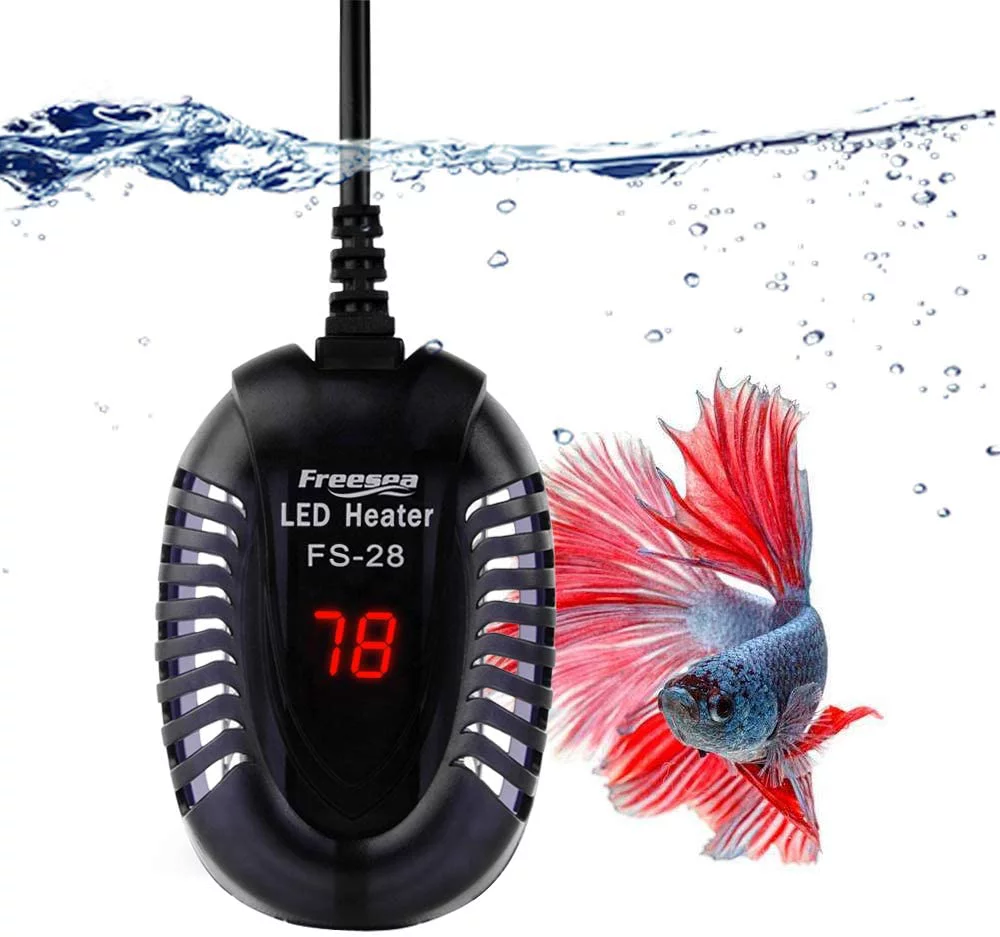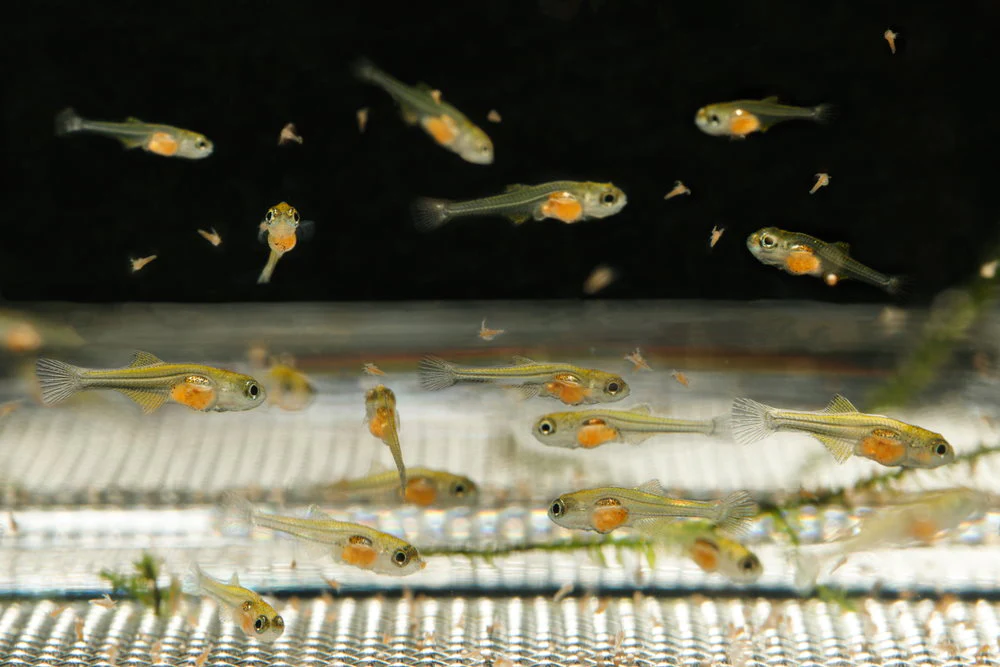Understanding the Different Stages of Fish Reproduction
Fish mating is a natural wonder that involves a variety of behaviors and strategies, depending on the species. In this article, we will delve into how fish mate, including the courtship, spawning, and parental care stages.
Understanding Fish Mating: Fish mating involves several stages, starting with courtship. During this stage, male fish use bright colors and displays to attract females. Pheromones released by males signal their readiness to mate, and both fish engage in various behaviors such as nipping, rubbing, and swimming together in a circular motion.
The actual mating process, known as spawning, follows courtship. Depending on the species, fish may lay eggs, fertilize them externally, or engage in internal fertilization. Some fish create nests or structures to protect their eggs and young.
The final stage of fish mating is parental care. After fertilization, some fish provide parental care to their offspring. This may include guarding the eggs and young, fanning them to provide oxygen, and carrying them in their mouths or fins. In some cases, both parents care for their offspring.

Breeding Fish: Breeding fish requires careful attention to the environment and the needs of the fish. Fish breeders may use specialized equipment and techniques to create ideal conditions for breeding and ensure the health of the offspring. To increase your chances of success, there are several basic steps you should follow.
Firstly, it’s essential to research the breeding behaviors and requirements of your chosen fish species to determine the most reliable breeding techniques. Some fish may require special hormone treatments or have never been bred in captivity, so it’s best to start with easy species like livebearers or hardy egg-laying fish such as danios.

Frozen Blood Worms
Before breeding, it’s important to condition your fish by supplementing their diet with live and frozen foods in the weeks leading up to mating. Breeding takes a lot of energy, and fish need to be in peak physical condition to reproduce successfully.

Heater is very important for fish breeding period
You can encourage your aquarium fish to breed by gradually adjusting your heater and aquarium lighting to mimic the spring season. Providing a separate tank for breeding is highly recommended, as many fish see eggs as a tasty snack, and some will even eat their own eggs and babies. Nest builders like cichlids can become highly territorial and protective over their eggs, so it is often safer to breed them in their own tank.

Caring for the babies can be a tricky task, as fish fry are too small to eat regular flake food or pellets. It’s best to prepare ahead of time and grow some infusoria for them, while powdered food and newly hatched brine shrimp are ideal food sources once they grow a little bigger.
Finally, since fish can produce a significant number of babies, it’s important to plan ahead and ensure you can find good homes for all of them. You may be able to sell or give them away to your local fish store or other fish-keeping friends.
Conclusion: Fish mating is an intricate and fascinating process that requires careful attention and observation. By understanding the different stages of fish reproduction and providing an ideal environment for breeding, you can successfully breed and care for your fish offspring. Whether you’re a fish breeder or simply curious about the world of fish, knowing how fish mate is sure to enhance your appreciation for these amazing creatures.
Sign up for our Newsletter ! Fish, Coral, Plant, Gear and More!
Become Part of Fish Keeper Community
